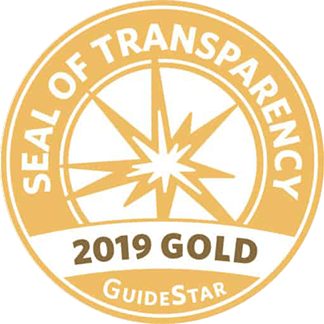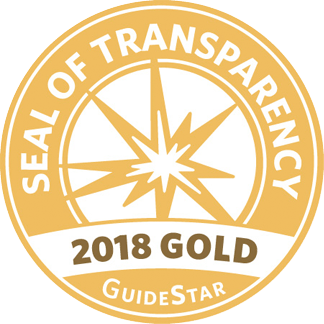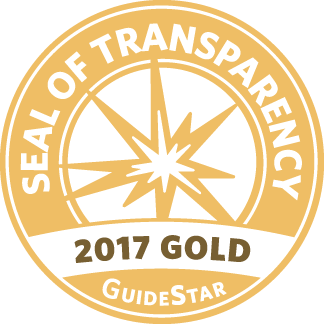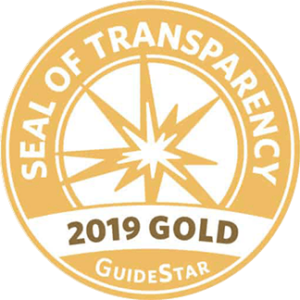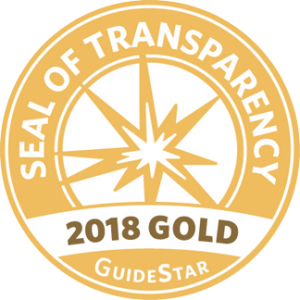Are you expecting a child? Do you care for an ailing parent? What if you need time to recover from surgery? You may be entitled to time off of work to help you deal with these life events.
The Family and Medical Leave Act of 1993 (FMLA) is a federal law designed to help parents and other caregivers balance their jobs and their family care responsibilities. However, the law does not cover all workers, or all caregiving situations, so you need to understand your rights.
What does the FMLA provide?
The FMLA provides up to 12 weeks of unpaid time off (in a 12-month period) to[1]:
- Care for a parent, child, or spouse with a serious health condition,
- Care for and bond with a newborn, adopted, or foster child recently placed with you,
- Recover from your own serious health condition (including pregnancy), or
- To deal with certain obligations arising from a spouse, parent or child being on, or called to, active duty abroad in the military.
The FMLA also provides up to 26 weeks of unpaid leave per year for workers whose spouse, child, parent or next of kin is a member of the armed services with a covered service-connected illness or injury.
Am I eligible for leave?
If you are a government employee or you work for an employer who has 50 or more employees (within a 75-mile radius of each other) you may be eligible if:
- You have worked for your employer for at least one year, and
- You worked at least 1250 hours in the past 12 months.
How do I apply for leave?
If you know in advance that you will need FMLA leave (e.g. you are having a baby), you must tell your employer at least 30 days before you expect to take it. If you have a family emergency, tell your employer as soon as possible and be sure to follow their rules for providing notice.
Can my employer deny me leave?
As long as you are eligible and have not used up your guaranteed 12 weeks of leave within the past 12 months, your employer must allow you to take leave and is prohibited from interfering with your leave. Your employer may not punish you in any way for taking or asking for leave.
Do I have to take my leave all at once, or can I break it up into smaller chunks of time?
The FMLA allows you to take “intermittent leave” when medically necessary, which means you can take your 12 weeks of leave in smaller amounts of time to schedule treatment of your or your family member’s serious illness. If you take FMLA leave to care for and bond with a new child, you must take that leave in one block of time, unless you employer gives you permission to break it up. In that case, you might be able to take 6 weeks of leave up front and then return to work part-time for another 12 weeks. Although you would be using leave time for part of 18 weeks, your total time off work would be within the legal limits.
What if I can’t afford to take leave unpaid?
If you work in certain states, you may be eligible for wage replacement benefits while on FMLA leave. California, New Jersey, Rhode Island, New York, Washington, D.C., Washington State, and Massachusetts all provide paid leave for your own health, bonding with a new child, or caring for a seriously ill relative. Starting in 2022, 2023, and 2024 respectively, Connecticut, Oregon, and Colorado will begin providing paid leave for your own health, bonding with a new child, or caring for a seriously ill relative.[2] Hawaii and Puerto Rico provide temporary disability insurance benefits, which you may be able to use if you take FMLA leave for your own serious health condition, including pregnancy-related disability or recovery from childbirth.
Can I be required to use my paid vacation days during my FMLA leave?
Yes. Your employer may require you to take any paid vacation, personal or other leave you have accrued during any part of your FMLA leave.
Will I be able to get my job back when I return from leave?
Generally yes. After you return from FMLA leave, you must be restored to your original job or a position equivalent in pay, benefits, and other terms. Your employer is not required, however, to give you your job back if you would have been laid off during the period when you were on leave. For example, if there is a general downsizing and you would have been laid off even had you not taken leave, your employer does not have to give you your job back. An additional exception may apply in very rare cases if you are in the highest paid 10% of employees in your workplace.
Do I have any other protections under state law?
Yes. Several states have their own family and medical leave laws whose requirements vary from the federal law and may be more inclusive. To learn more, check out our state-by-state resources at our Workplace Rights Hub (https://www.abetterbalance.org/know-your-rights/).
What should I do if I think my rights have been violated or I need more information?
If you have a problem or want more information, call A Better Balance’s free and confidential legal helpline at 1-833-NEED-ABB (1-833-633-3222) or visit us here.
Alternatively:
- Call the U.S. Department of Labor’s Wage and Hour Division, toll free, at 1-866-487-9243. You can file a complaint with the agency, which investigates claims.
- You may also bring a private claim in court against your employer for violating the FMLA, and you need not file first with the Wage and Hour Division. The National Employment Lawyers Association (www.nela.org) can help you locate an employment attorney.
This fact sheet is designed to assist you in understanding your basic rights under the FMLA. It does not cover all aspects of the law and does not constitute legal advice. It is possible that other laws or additional FMLA provisions or rules not described here may apply to your specific circumstances.
[1] For specific information about the FMLA and LGBT families, check out our guide at http://www.abetterbalance.org/resources/fmla-lgbt-guide/.
[2] To learn more about state paid leave laws, check out our chart comparing the state programs at http://www.abetterbalance.org/resources/paid-family-leave-laws-chart/.


